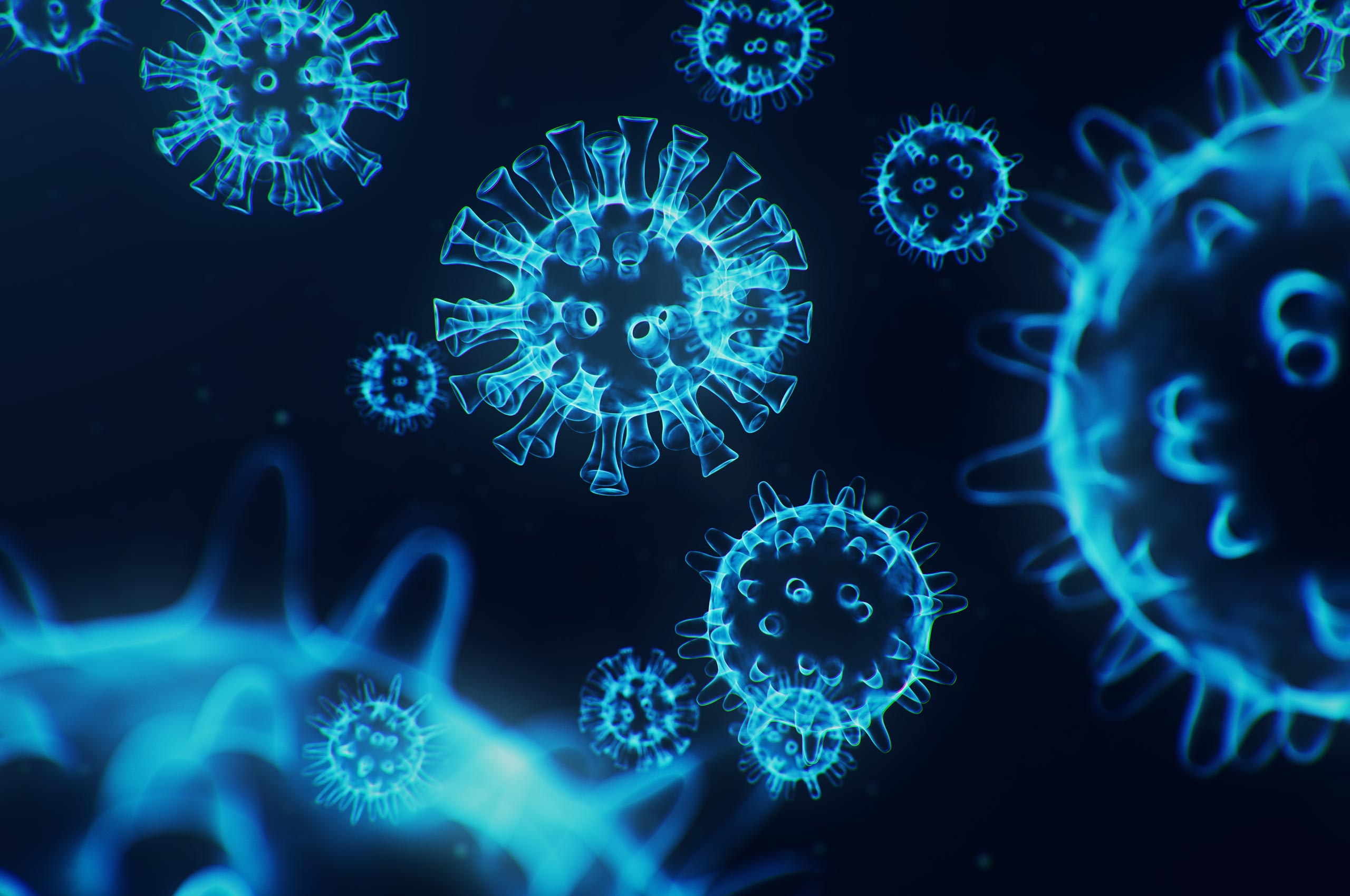Dying Cell Communication and Clearance Research

The human body’s process for removing dying cells, known as ‘efferocytosis’, is critical for replenishing healthy cells and maintaining tissue balance.
The human body’s process for removing dying cells, known as ‘efferocytosis’, is critical for replenishing healthy cells and maintaining tissue balance. The breakdown of this process is closely linked to inflammatory disorders including atherosclerosis and systemic lupus erythematosus. Our division investigates how the fragmentation of dying cells contributes to efferocytosis within the vascular system, including in cases of inflammatory diseases.
The team uses both in vitro and in vivo models to understand how dying cells communicate within the body and the impact of inflammation on this routine process. Through our work we hope to identify new therapeutic approaches to the treatment of inflammatory disorders.
Current Research Projects
Endothelial cells line the blood vessels in our bodies. How the body regulates the removal of dying endothelial cells is of major importance; if too many cells are cleared away it can result in chronic health conditions. Inflammation impedes the removal of dead cells but our current understanding of this is poor. This project aims to better understand how the body cleans and maintains its blood vessels, and to determine the influence of inflammation on these processes.
During the formation of fatty plaques in the walls of arteries (atherosclerosis), various cell types undergo apoptosis (programmed cell death) and accumulate there. Incomplete clearance of the dead cells from the core of these plaques makes them prone to rupture. We have shown that promoting the breaking up of these dying cells into smaller ‘bite-sized’ fragments can aid their clearance. This project will study the fragmentation of dying endothelial cells in mice with atherosclerosis, and its importance for clearing these cells from plaques.
During the early stages of atherosclerosis, exposure to high levels of cholesterol and other harmful factors contributes to the death of endothelial cells. Damaged endothelial cells then become susceptible to the formation of harmful deposits or plaque. This change in blood vessels is a critical stage in the development of disease. As endothelial cells undergo death (apoptosis), small cell fragments (termed ‘EC-ApoBDs’) bud off into the bloodstream, carrying a diverse range of markers. This research will investigate how such dead cells (ApoBDs) found in mouse and human blood can be used as biomarkers or early warning signs of disease.
Team members
- Dr Amy Baxter (Division Head)
- Ms Gemma Ryan (Research Assistant)
- Ms Amy Hodge (PhD Student)
- Ms Tien Nguyen (PhD Student)